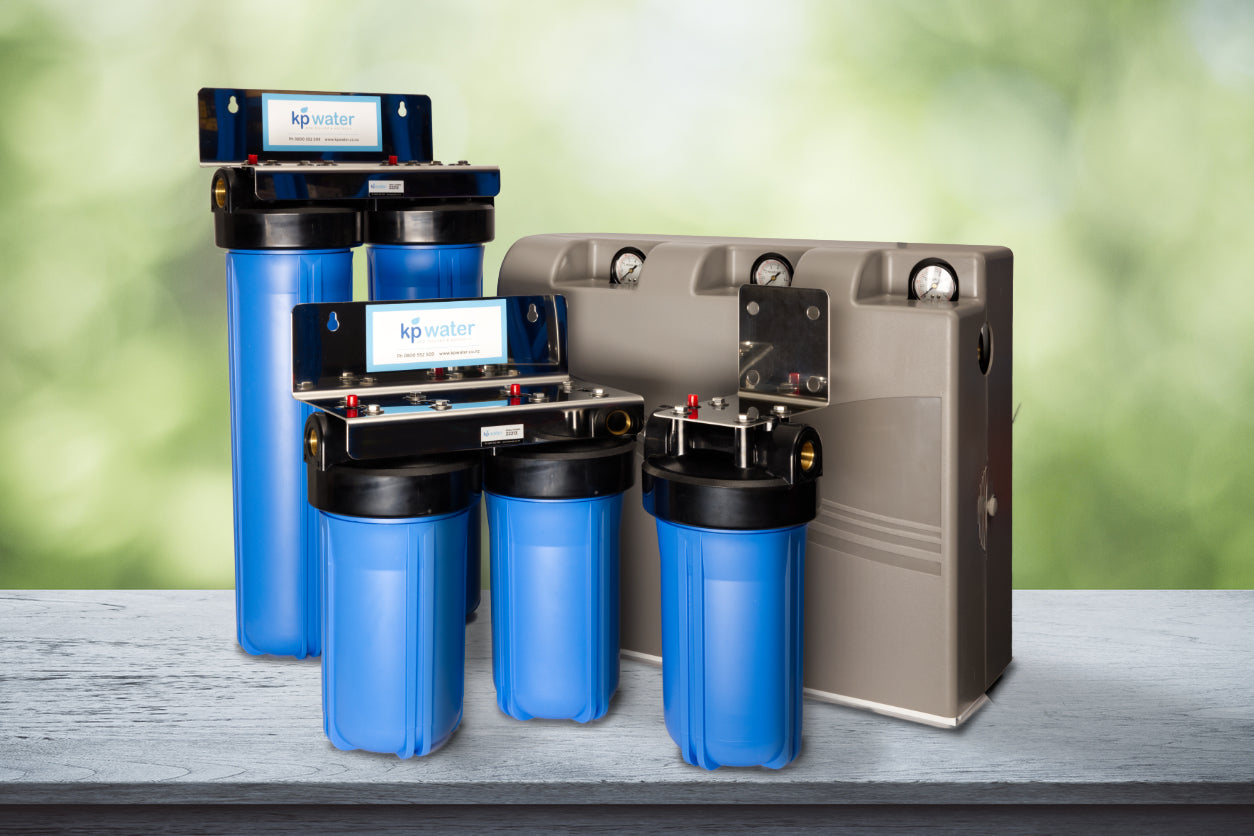What can be found in your water?
When it comes to town water supply, councils are mandated by the government to maintain a certain level of water quality. However, this doesn't mean that the water is completely free from impurities. Chlorine is a common additive used to keep the pipes clean, but it can also have negative effects on your health and the environment.
Moreover, despite their efforts, councils have a limited budget and distance to cover in delivering water to your property. This means that the water may still contain impurities, such as heavy metals, pesticides, or other harmful chemicals.
It is important to be aware of what is in your water, as it can have a significant impact on your health and wellbeing. For example, exposure to heavy metals like lead and mercury can cause neurological and developmental problems, while exposure to pesticides has been linked to cancer and other serious health issues.
Fortunately, there are steps you can take to ensure that the water in your home is clean and safe to drink. Installing a water filtration system can help to remove impurities such as chlorine, heavy metals, and other contaminants. This will not only improve the taste and quality of your drinking water, but also protect your health and the environment.
In conclusion, while councils do their best to provide clean and safe water to your home, it's important to be aware of what is in your water and take action to ensure that it's free from harmful impurities. With the right water filtration system, you can enjoy clean, safe, and refreshing water straight from your tap.
Below is a list of common contaminants possible in water and with possible related issues.
|
CONTAMINANTS |
SOURCE |
PROBLEMS |
|
Arsenic |
Geothermal areas |
Health problems |
|
Bacteria |
Septic tanks, bird and animal feces, back flushing from incorrectly connected W.C. bowls, sewage discharges |
Diarrhea, Gastroenteritis Other waterborne disease |
|
Boron |
Geothermal areas |
Health problems |
|
Carbon dioxide |
Atmosphere and decaying vegetation |
Corrosion |
|
Chemicals |
Backflow (suck-back) from incorrectly connected dosing equipment, cattle feeding systems, garden hoses dangling in container etc |
Health problems depending on the nature of chemical contaminants. |
|
Colour |
Decaying vegetation |
Appearance |
|
Copper |
Dissolved from pipes or taps by aggressive water |
Staining, taste |
|
Feacal material |
Backflow (suck-back) from incorrectly connected waste disposal equipment animal washdowns, etc |
Diarrhea, Gastrointestinal infection |
|
Hardness |
Dissolved rocks |
Soap demand Scale formation in kettles and Hot water tanks |
|
Iron |
Dissolved rocks, especially in bore water |
Taste, Staining, Clogging of pipes and valves |
|
Manganese |
Dissolved rocks |
Taste, Staining |
|
Nitrates |
Fertilisers, clover, Septic tank soakage |
Can cause health problems for bottle fed babies |
|
pH |
Atmosphere, decaying vegetation, dissolved rocks |
Corrosion if too low, Scale forming if too high |
|
Protozoan cysts, eg Giardia Cryptosporidium |
Septic tanks: bird and animal feces on roofs, in streams; sewage discharges |
Diarrhea, Protozoan infection |
|
Taste and odour |
Algae |
Unpleasant to drink, Can be toxic |
|
Turbidity |
Dirt |
Appearance (usually biologically Contaminated as well) |
|
Viruses |
Sewage, bird and animal feces |
Gastroenteritis Other waterborne diseases |






